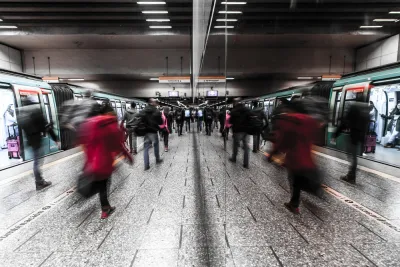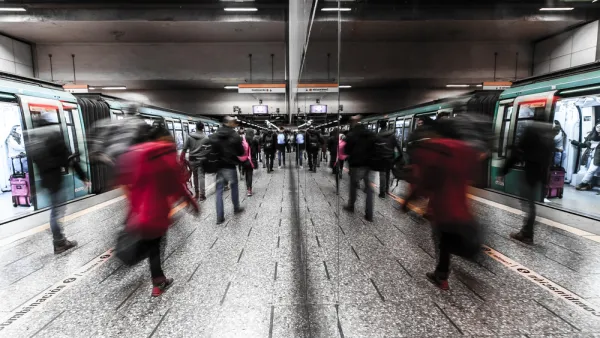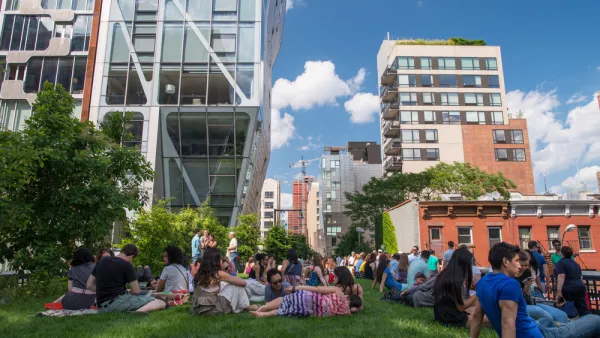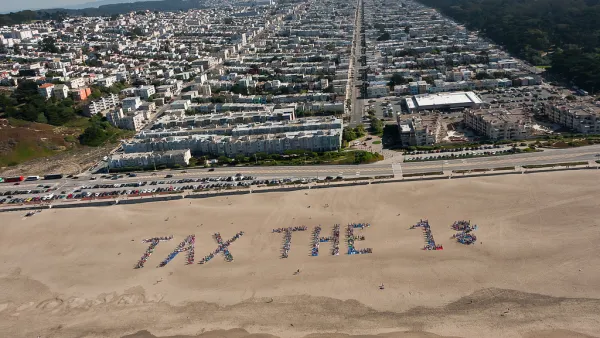For many residents, Santiago's subway system and its fare hikes became a nexus for anger over deeper inequities across Chilean society.

A fare hike of 3.75 percent might not sound like much, but it was enough to spark the massive protests that have engulfed Chile for nearly two weeks. According to reporting by Juan Pablo Garnham and Nicolás Alonso, Santiago's Metro system illuminated, for many, a landscape of rampant inequality that the government had failed to address.
Although 19 Metro stations have suffered arson attacks, many poorer residents appreciate the subway's connective capacity. "Its clean trains and stations full of art have been a metaphor for Chile as the 'good student' of Latin America," Garnham and Alonso write. At the same time, Santiago's Metro "is already one of the most expensive in Latin America, and had seen an increase in fares of almost 100 percent in 12 years."
FULL STORY: Why Chile’s Massive Protests Started With a Subway Fare Hike

Analysis: Cybertruck Fatality Rate Far Exceeds That of Ford Pinto
The Tesla Cybertruck was recalled seven times last year.

National Parks Layoffs Will Cause Communities to Lose Billions
Thousands of essential park workers were laid off this week, just before the busy spring break season.

Retro-silient?: America’s First “Eco-burb,” The Woodlands Turns 50
A master-planned community north of Houston offers lessons on green infrastructure and resilient design, but falls short of its founder’s lofty affordability and walkability goals.

Test News Post 1
This is a summary

Analysis: Cybertruck Fatality Rate Far Exceeds That of Ford Pinto
The Tesla Cybertruck was recalled seven times last year.

Test News Headline 46
Test for the image on the front page.
Urban Design for Planners 1: Software Tools
This six-course series explores essential urban design concepts using open source software and equips planners with the tools they need to participate fully in the urban design process.
Planning for Universal Design
Learn the tools for implementing Universal Design in planning regulations.
EMC Planning Group, Inc.
Planetizen
Planetizen
Mpact (formerly Rail~Volution)
Great Falls Development Authority, Inc.
HUDs Office of Policy Development and Research
NYU Wagner Graduate School of Public Service




























